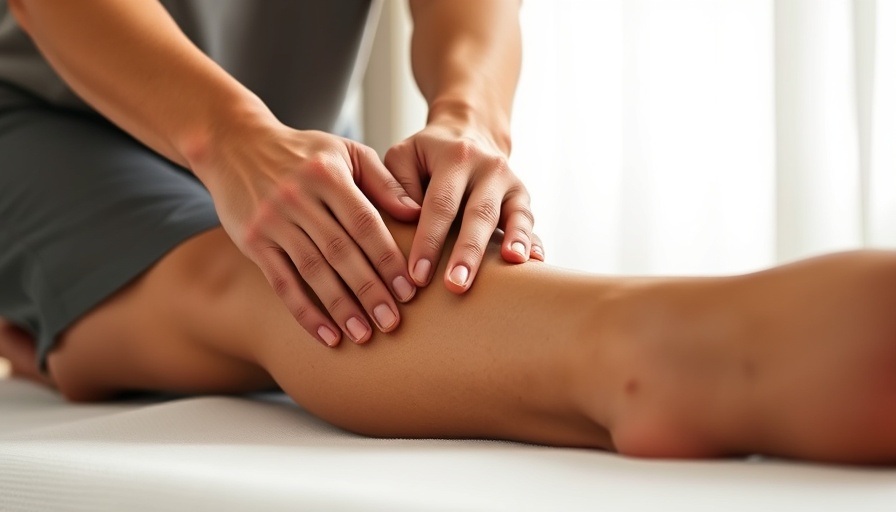
Why Choose a Career in Sports Massage Therapy?
In an era where athletic performance is highly valued, the role of a sports massage therapist has become increasingly critical. For those passionate about sports and wellness, this profession offers a unique opportunity to help athletes improve their performance, accelerate recovery, and manage injuries effectively. With the Bureau of Labor Statistics projecting job growth in this field at an impressive 22% from 2024 through 2028, aspiring professionals have a promising path ahead.
The Journey to Becoming a Sports Massage Therapist
To embark on a successful career as a sports massage therapist, thorough training and education are essential. Most programs require around 700 hours of coursework alongside hands-on experience in areas like kinesiology, anatomy, and specialized pain management techniques. Education provides the foundation on which aspiring therapists can master practical skills, which are vital in addressing the unique demands placed on athletes.
Upon completing their education, prospective therapists must obtain a state license, a step that typically involves passing an examination to ensure they are well-prepared to practice safely and effectively. Certification from nationally accredited programs not only guarantees a high standard of education but also significantly enhances job prospects.
Essential Skills and Techniques
Unlike traditional massage therapy, which aims primarily at relaxation, sports massage therapy focuses on enhancing athletic performance and addressing injury prevention through targeted interventions. Techniques such as deep tissue massage, myofascial release, and trigger point therapy are designed to mitigate soreness, enhance flexibility, and promote quicker recovery for athletes. Research corroborates the benefits of sports massage, indicating improvements in blood flow and muscle tension alleviation, which are invaluable during training and competition.
Career Opportunities and Networking
The field of sports massage therapy is not just limited to working with professional sports teams. Certified therapists have a plethora of choices, including roles within rehabilitation clinics, personal training facilities, and even freelance work providing services at major sporting events. Given the competitive nature of the sports industry, networking is paramount. Aspiring therapists should leverage platforms focused on sports careers and connect with industry professionals to carve a niche for themselves.
Conclusion: Taking the First Step
Embarking on a career as a sports massage therapist requires dedication and a passion for both wellness and athletics. By investing in education and gaining hands-on experience, aspiring professionals not only equip themselves with vital skills but also embrace a fulfilling career path that makes a significant impact on athletes' well-being. Interested in pursuing sports massage therapy? Explore credible training programs and discover the opportunities that await in this rewarding field.
 Add Row
Add Row  Add
Add 




Write A Comment